Ultralights to Commercial Airliners and Beyond.
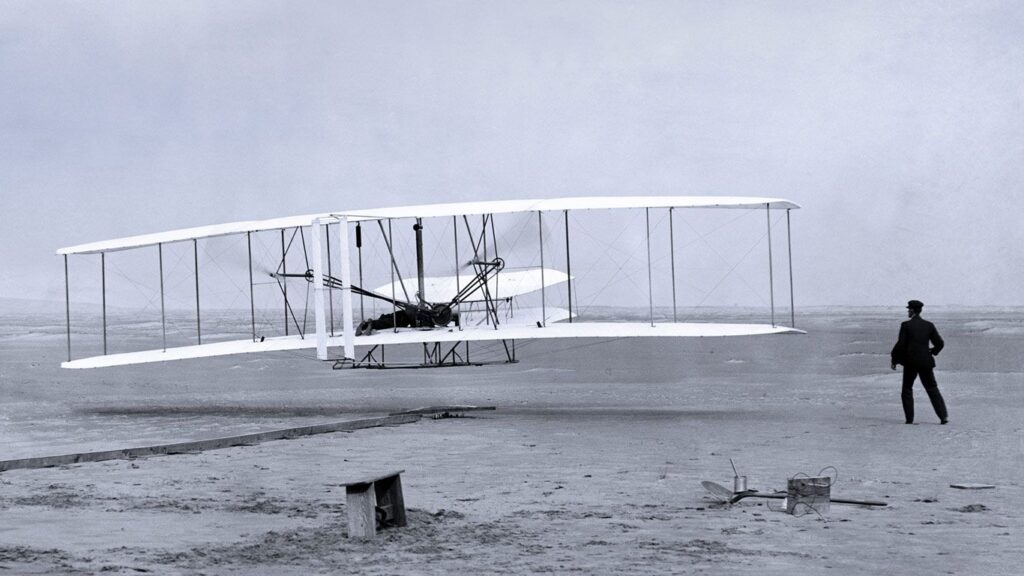
Flyinbestg is one of humanity’s greatest achievements. This Ultimate Guide to Flying will try and guide you to take to the skies, whether for sport, recreation, or career, offers unparalleled freedom, excitement, and adventure. There are many types of flying, each with its own unique experiences, challenges, and rewards. Whether you’re dreaming of piloting a tiny ultralight aircraft or commanding a military jet, flying offers something for everyone.
In this comprehensive guide, we’ll explore the full spectrum of flying options available today, from the lightest ultralights to the largest commercial airliners, and everything in between, including experimental aircraft, general aviation, and military aviation. We’ll delve into the joy of flying, the types of aircraft, the skills required, and the freedom that aviation offers.
1. Ultralight Aircraft: The Freedom of the Skies
Ultralight aircraft are the simplest and most accessible form of flying, often with minimal training requirements. These are small, light planes designed for short flights, typically with one or two passengers. In many countries, they are subject to less stringent regulations than regular aircraft, making them popular for recreational flying.
Ultimate Guide to Flying – What Are Ultralights?
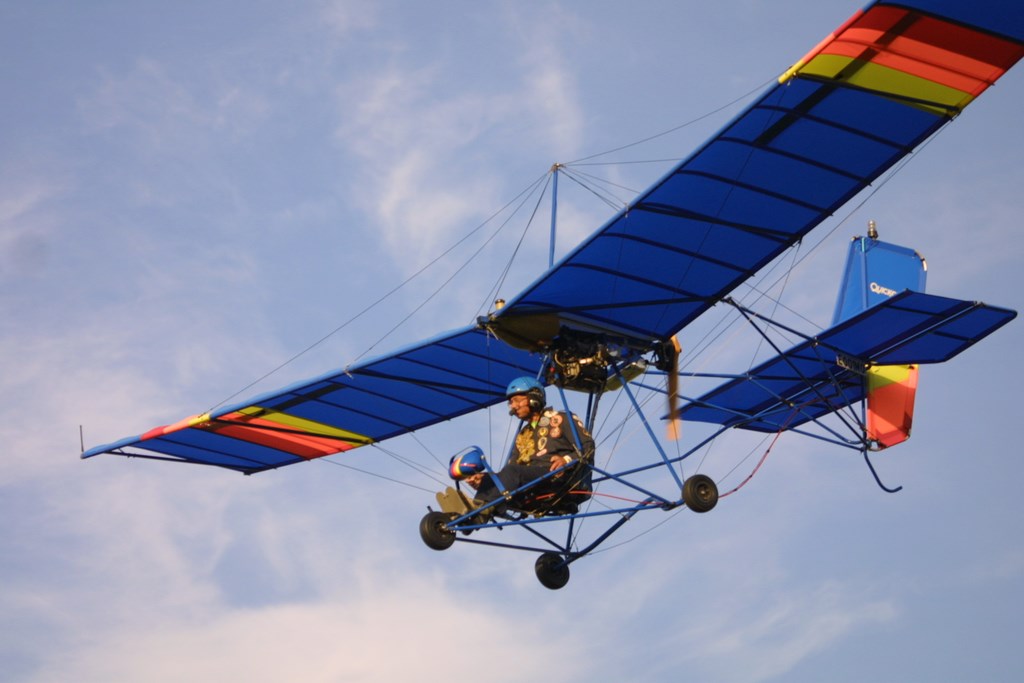
Ultralights generally weigh less than 254 pounds (115 kg) for single-seat aircraft and 496 pounds (225 kg) for two-seater planes. These aircraft often have open cockpits, small wingspans, and basic controls. Some ultralights are powered by small engines, while others rely on glider-like principles and wind for flight.
The Joy of Ultralight Flying
For many, flying an ultralight aircraft is an exhilarating experience that offers an incredible sense of freedom. The lack of a cockpit enclosure and minimalistic design allows pilots to feel the wind and the natural elements, making it feel like flying in its purest form.
Ultralights are also relatively inexpensive compared to other forms of aviation. With fewer maintenance requirements and lower fuel consumption, they are perfect for those looking to experience flight without the hefty price tag. The freedom of taking off from a small grass strip or remote location adds to the allure.
- Joystick / HOTAS – AMAZON.com
- Rudder Pedals – AMAZON.com
- Throttle Quadrant – AMAZON.com
- Gaming Chair – AMAZON.com
- VR Headset – AMAZON.com
2. Ultimate Guide to Flying – Light Sport Aircraft (LSA): Combining Fun with Flexibility
Light Sport Aircraft (LSA) represent a step up from ultralights, combining elements of both recreational flying and serious aviation. The LSA category includes a wide range of aircraft, such as small single-engine planes, motorgliders, and even some experimental designs. These aircraft are typically built to be lightweight and easy to fly, but they have more power, more range, and greater flexibility than ultralights.
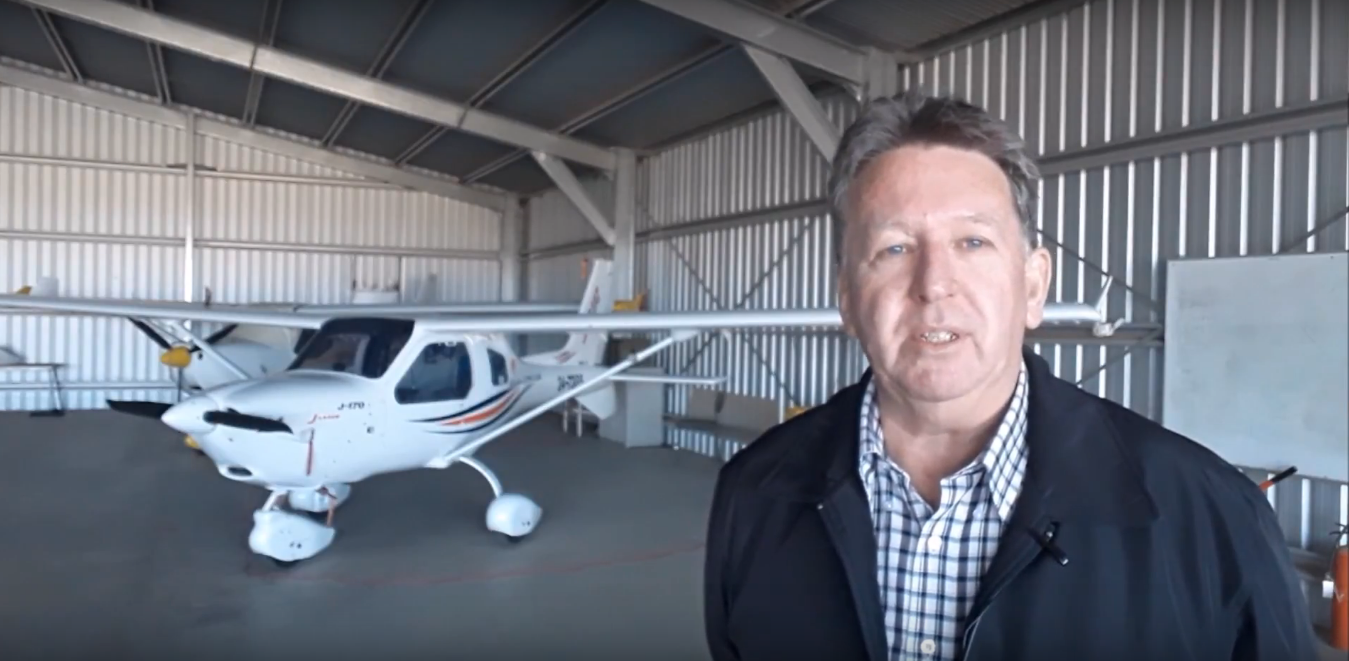
What Are Light Sport Aircraft?
In the United States, a Light Sport Aircraft must meet specific criteria laid out by the FAA, including a maximum takeoff weight of 1,320 pounds (600 kg) for non-seaplane aircraft or 1,430 pounds (650 kg) for seaplanes. LSAs are designed to be simple to operate and require less training and certification than traditional general aviation aircraft.
Benefits of Flying LSAs
One of the major advantages of LSAs is that they are often simpler and more affordable to operate than larger aircraft. Their low operating costs make them an attractive option for pilots who want to fly without the overhead of a traditional general aviation plane. LSAs can also be used for short cross-country flights and are a great option for those looking to gain flight experience without the complexity of bigger aircraft.
With more advanced avionics, improved safety features, and a greater variety of aircraft types, LSAs offer a great balance between cost, performance, and enjoyment.
3. Ultimate Guide to Flying – General Aviation: The Backbone of Private Flying
General Aviation (GA) encompasses all civilian flying that is not scheduled commercial airline service. This category includes everything from small single-engine planes to large, multi-engine aircraft used for business or pleasure. General aviation is the most common entry point for new pilots, and it offers a vast array of flying experiences.

What Is General Aviation?
General aviation includes all non-commercial flying, including private aircraft owners, flight schools, corporate flights, and agricultural aviation. These aircraft typically range from small single-engine Cessnas and Pipers to larger twin-engine planes used for cargo or business travel.
The Experience of General Aviation
Flying a general aviation aircraft, such as a Cessna 172, offers a different kind of freedom. These planes are versatile, able to land at smaller airports and airstrips that larger commercial planes cannot access. This means pilots have the ability to travel to far-flung destinations and enjoy stunning aerial views that would be difficult to access through other means.
For those seeking a personal connection with aviation, owning a small plane provides a sense of autonomy and adventure. Pilots can customize their flight paths, fly in beautiful weather conditions, or challenge themselves with new skills such as cross-country navigation or night flying.
4. Ultimate Guide to Flying – Experimental Aircraft: Creativity and Innovation in Flight
Experimental aircraft, also known as homebuilt or amateur-built aircraft, represent a fascinating subculture of aviation. These planes are often constructed by hobbyists or designers who have a passion for aviation and want to push the boundaries of aircraft design.
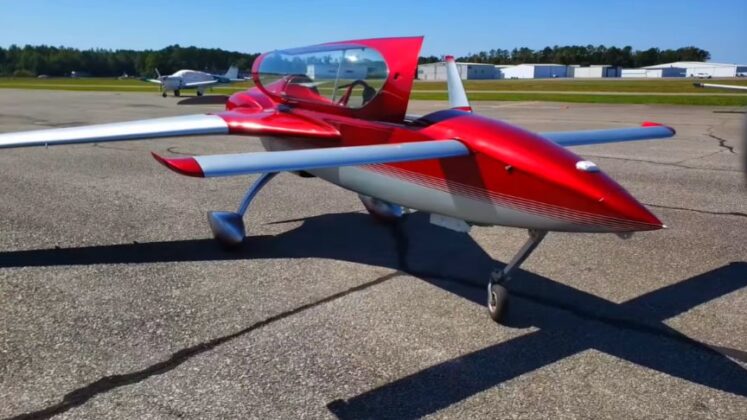
What Are Experimental Aircraft?
An experimental aircraft is any aircraft that is not certified by aviation authorities for general use but is instead built by an individual or group for personal use or experimentation. Many experimental aircraft are constructed from kits, while others are fully custom-built.
The Joy of Building and Flying
The experience of designing and building an experimental aircraft is a rewarding pursuit. Builders can create planes that reflect their vision, from the aesthetic design to the performance capabilities. Additionally, experimental aircraft often incorporate the latest technology and innovative designs, leading to unique flying experiences that are unavailable in traditional commercial aircraft.
Once the aircraft is built and tested, pilots can experience the thrill of flying something they’ve had a hand in creating. Whether it’s a home-built ultralight or a more advanced kit plane, flying an experimental aircraft provides a level of pride and accomplishment not found in other types of aviation.
5. Ultimate Guide to Flying – Commercial Aviation: The World of Airliners
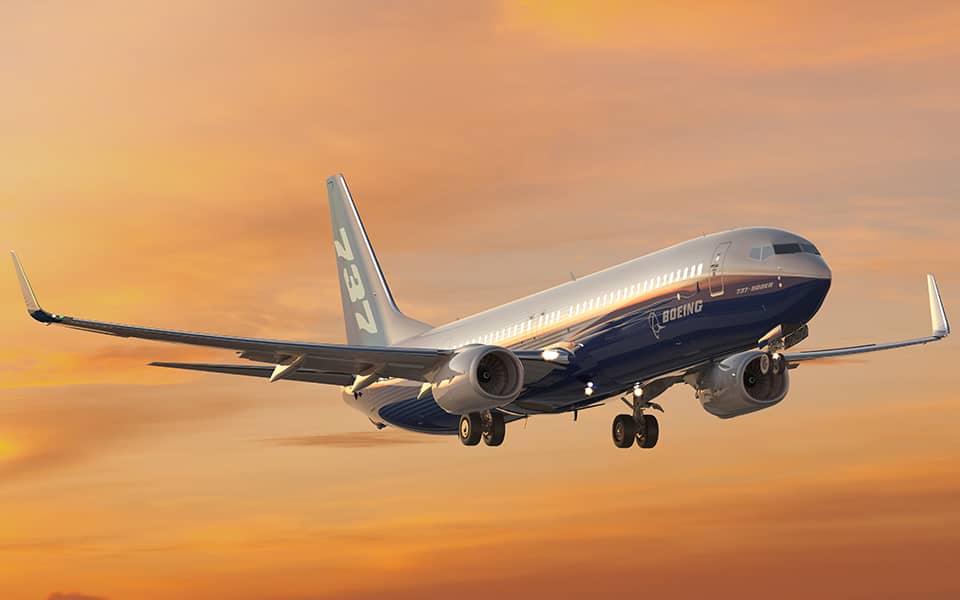
Commercial aviation is perhaps the most recognizable form of flying. With thousands of flights daily, commercial aviation moves people across continents, enabling global travel, trade, and tourism. Becoming a commercial pilot involves extensive training and experience, but it is a rewarding career for those who love to fly.
What Is Commercial Aviation?
Commercial aviation refers to the operation of aircraft for the purpose of transporting passengers or cargo for hire. This includes airlines, cargo carriers, and charter operations. Commercial aviation spans a wide range of aircraft types, from regional jets to massive wide-body airliners like the Boeing 747.
The Thrill of Commercial Flying
Although commercial pilots don’t get the same freedom of movement as private pilots, flying an airliner still offers a unique set of challenges and rewards. Pilots must learn to operate highly sophisticated systems, manage large crews, and ensure passenger safety at all times. The technology used in modern airliners allows for some of the most advanced and automated flying in the world, making commercial aviation a fascinating sector of the aviation industry.
For pilots, the job can also offer a lifestyle of travel, exploring different parts of the world and interacting with people from diverse cultures. It’s a career path that attracts people with a passion for aviation and a desire to make a tangible difference in people’s lives.
6. Ultimate Guide to Flying – Military Aviation: From Fighters to Transporters
Military aviation involves flying aircraft designed for defense and combat purposes. This includes a wide range of aircraft, from fast and agile fighter jets to heavy transport planes that carry troops and supplies. Military aviation is a challenging and exhilarating field, requiring a high level of skill, discipline, and dedication.
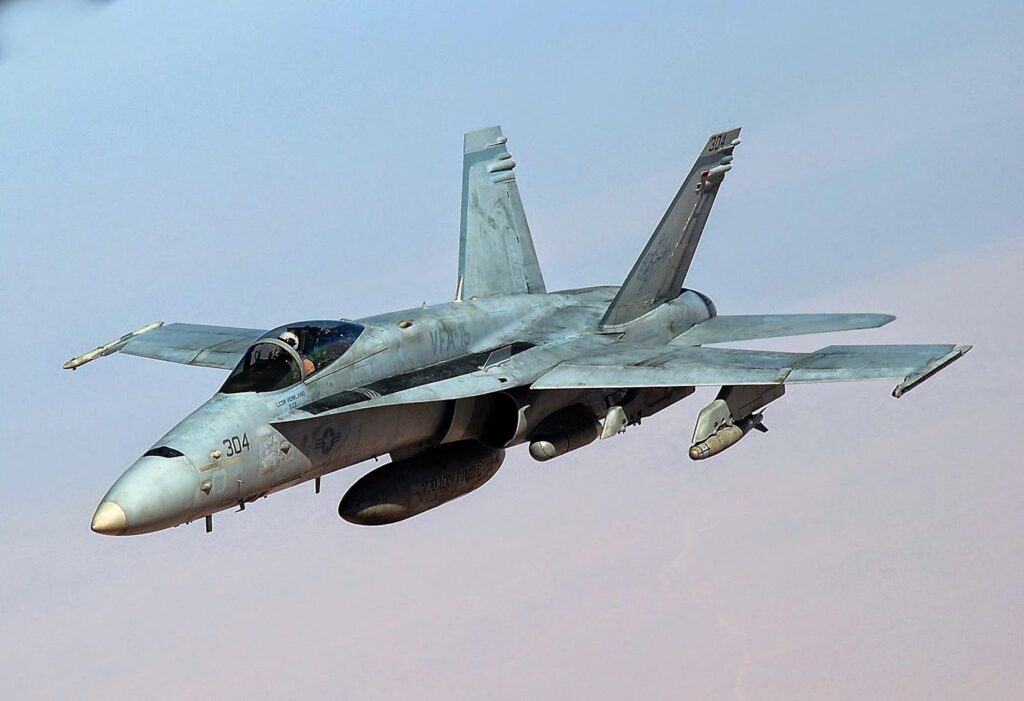
What Is Military Aviation?
Military aviation encompasses both combat and non-combat aircraft used by armed forces around the world. Fighter jets like the F-22 Raptor, attack helicopters like the Apache, and transport aircraft like the C-130 Hercules are just some of the many types of military aircraft.
The Thrills of Military Aviation
Flying military aircraft is as close to the edge of human performance as aviation can get. For fighter pilots, high-speed dogfights, precision bombing runs, and aerial combat exercises are part of the job. The sense of adrenaline, responsibility, and purpose in military aviation is unmatched. Pilots also undergo rigorous training, often including high-G maneuvers and simulated combat situations.
Beyond fighters, military transport and reconnaissance aircraft play a crucial role in moving troops, equipment, and supplies. The logistics of military aviation are just as important as the combat aspects, and those flying transport planes or reconnaissance missions have unique experiences to offer.
7. Ultimate Guide to Flying – Helicopter Flying: Vertical Flight for All
Helicopters represent a different kind of flying. With the ability to take off and land vertically, helicopters provide unique capabilities for both civilian and military applications. From search-and-rescue missions to piloting a sightseeing tour, flying a helicopter offers a completely different set of challenges.
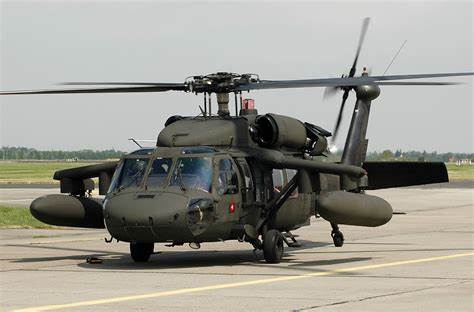
What Is Helicopter Flying?
Helicopters are rotorcraft that can take off and land vertically, hover in place, and fly in any direction. This versatility makes them ideal for tasks such as emergency medical services, aerial photography, and military operations.
The Thrill of Helicopter Flight
Helicopter pilots must learn to operate a completely different set of controls compared to fixed-wing aircraft. The sensation of hovering in place or flying low over terrain provides a unique experience, and for many pilots, it becomes an addictive pursuit. Whether piloting a small Robinson R22 or a massive Sikorsky CH-53, helicopter pilots develop skills that are specific to the world of vertical flight.
For those who want to experience the thrill of flying in three dimensions, helicopters offer an exciting challenge and incredible views.
8. Ultimate Guide to Flying – Gliders and Paragliders: Silent Flight
For many aviation enthusiasts, the idea of silent flight—soaring gracefully through the sky without the hum of an engine—is one of the most serene and exhilarating experiences possible. Gliders and paragliders represent two of the most peaceful and rewarding forms of flight. These non-motorized aircraft offer unique experiences in the air, as pilots learn to harness the forces of nature—wind, thermals, and updrafts—to stay aloft.
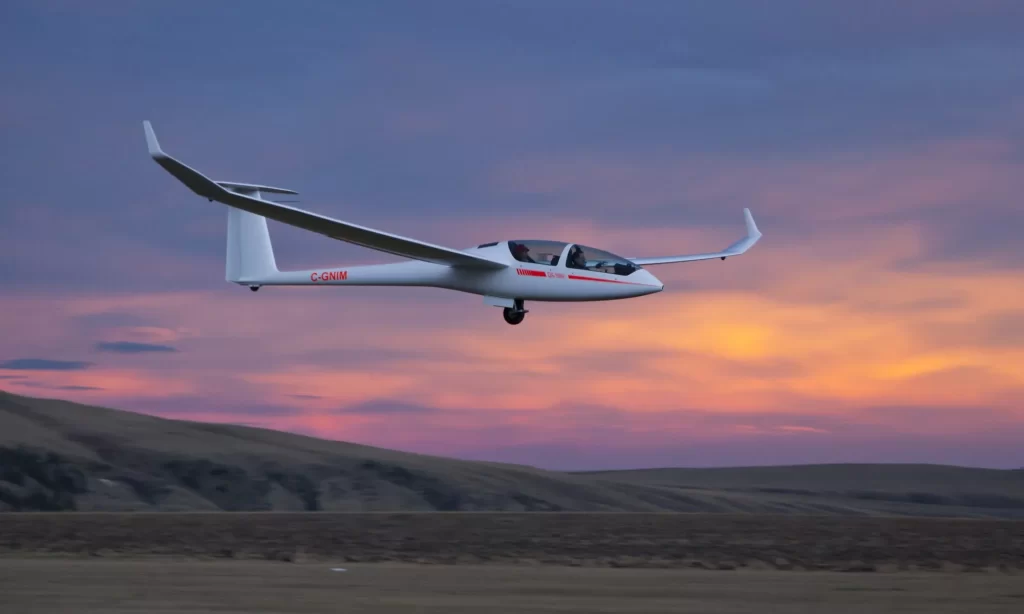
What Are Gliders?
Gliders, also known as sailplanes, are aircraft designed to fly without an engine. They rely entirely on air currents to maintain altitude and maneuver. Gliders are engineered to be aerodynamically efficient, with long wings and a sleek design that allows them to glide for long distances after being launched.
Pilots of gliders typically launch the aircraft by being towed into the air by a powered aircraft or using a winch to get airborne. Once at an appropriate altitude, the glider pilot then releases from the tow, entering the world of silent flight. The pilot’s task is then to find rising air currents—known as thermals, ridge lifts, or wave lifts—that can keep them soaring for hours at a time.
The Thrill of Gliding
Gliding offers an incredibly peaceful and meditative flying experience. Without an engine to create noise, glider pilots experience the flight as close to pure flight as it gets. The only sounds are the rush of wind against the wings and the occasional chirp of the glider’s control surfaces, which is a sharp contrast to the roar of engines found in most other forms of aviation.
One of the most fascinating aspects of gliding is the ability to stay aloft using nothing but nature’s currents. Thermal lift, which occurs when warm air rises from the ground, can be used to gain altitude. On a good day, glider pilots can stay in the air for hours, covering vast distances while barely making a sound. In addition to thermals, pilots can also use ridge lift, which occurs when wind blows up the side of a mountain or hill, creating upward air currents that provide lift.
For some glider pilots, cross-country soaring is the ultimate challenge, where they plan long-distance flights, sometimes hundreds of miles, using a combination of thermals and other lift sources. It’s a test of skill, precision, and understanding of meteorology, as pilots must always be thinking about where the next lift will come from and how to safely navigate to it.
What Are Paragliders?

Paragliding is another form of non-motorized flight, but unlike gliders, paragliders are much smaller, with pilots sitting in a harness beneath a large, soft wing. Paragliders take off from small hills or mountains, often without the need for a tow or winch, and the flight is initiated by simply running off the edge of a slope.
The wing of a paraglider is designed to catch the wind and inflate, allowing the pilot to soar in a controlled descent. Pilots can stay in the air for hours, gliding over landscapes and using thermals to extend their flight time. While gliders are usually flown in designated airspaces, paragliders often operate in much smaller areas—launching from hillsides, cliffs, or even city parks, making it more accessible for hobbyists who don’t have access to large airfields.
The Joy of Paragliding
The appeal of paragliding is that it provides a close, intimate connection with the environment. The feeling of being suspended in the air, with the world spread out below, is often described as euphoric and liberating. Unlike the enclosed cockpit of a plane, a paraglider pilot is exposed to the elements and feels directly connected to the wind, the weather, and the terrain beneath them.
Paragliders are relatively easy to transport and can be launched from almost anywhere with the right conditions. Many pilots enjoy the simplicity and accessibility of paragliding, as the equipment is lightweight and requires minimal setup. For those looking for a quick escape into the skies, paragliding offers an immediate thrill without the need for long pre-flight preparations.
Paragliding also appeals to those interested in an intimate, solo flying experience. With no need for extensive infrastructure, pilots can launch from natural environments like mountain ridgelines or even rolling hills in urban areas. It’s a perfect way to feel the freedom of flight, while also having access to the natural beauty of the land from above.
Gliding and Paragliding as Pursuits
Both gliding and paragliding offer more than just a one-off adventure; they are pursuits that can lead to lifelong passions. There is a vibrant community of enthusiasts who compete in gliding competitions or paraglider cross-country events. The challenge of making it to a distant goal using nothing but the lift available in the environment is a huge part of what keeps pilots coming back for more.
- Cross-country Gliding: In glider competitions, pilots race across long distances, using thermals and other sources of lift to outlast their competitors. Pilots need to think ahead, plan their route, and manage their altitude carefully to win these high-stakes events.
- Cross-country Paragliding: Similarly, paragliding also has a competitive side, with pilots using thermals and wind currents to fly the longest distances, reaching as high as possible, or completing specific tasks in the shortest time. Some pilots engage in cross-country flight, traveling from mountain range to mountain range, sometimes making multi-day trips.
9. Ultimate Guide to Flying – Aerobatics: The Thrill of Performing in the Air
Aerobatic flying takes the joy of flight to a whole new level. For pilots who want to add an element of artistry and excitement to their flying, aerobatics is a way to defy gravity and perform daring maneuvers. This category of flying is not just about getting from one place to another—it’s about performing thrilling, intricate maneuvers that push both the pilot and the aircraft to their limits.
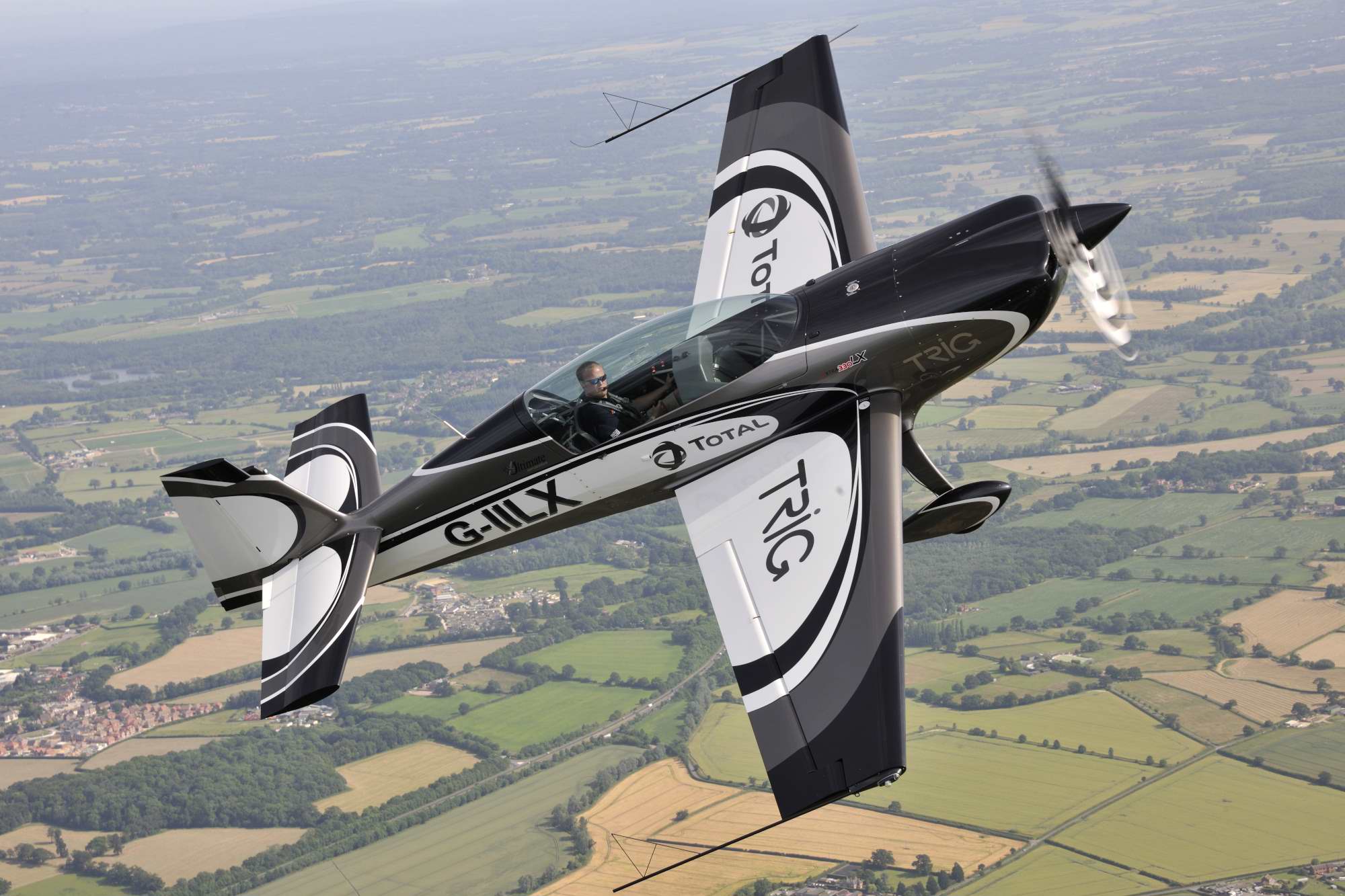
What Is Aerobatic Flying?
Aerobatic flying involves performing intentional, extreme maneuvers such as loops, rolls, spins, and stalls. These maneuvers are often performed in specialized aerobatic aircraft that are designed to withstand the high G-forces and stress that these stunts produce. While most general aviation pilots fly for transportation or leisure, aerobatic pilots fly for the pure thrill of mastering their aircraft and performing feats of skill in the sky.
Aerobatics is not limited to competitions or airshows. Many pilots practice aerobatic flying as a hobby, performing stunts for personal enjoyment or as part of aerobatic training. Some aerobatic pilots compete in national and international competitions, where they must demonstrate precision, skill, and control during a series of prescribed maneuvers.
The Joy of Aerobatics
The joy of aerobatic flying is rooted in the adrenaline rush and the sheer thrill of control. While flying a plane normally involves keeping things smooth and steady, aerobatic pilots actively challenge themselves with sharp turns, high-speed dives, and steep climbs. These maneuvers require excellent hand-eye coordination, strong knowledge of aerodynamics, and the ability to make rapid decisions.

For many, aerobatics is a way to push their flying skills to the limit and experience aviation in an entirely different way. Flying a loop or performing a roll feels like defying the laws of gravity, and the satisfaction of executing these maneuvers perfectly can be incredibly rewarding.
- Competitions and Performance: Aerobatic pilots often compete in precision events, where they are judged on the accuracy and smoothness of their maneuvers. High-level competitions, such as the Red Bull Air Race, take aerobatics to the extreme, with pilots racing through tight courses at high speeds while performing stunts.
- Aircraft Used in Aerobatics: The most popular aerobatic aircraft include the Pitts Special, Extra 300, and the Sukhoi Su-26, all designed to handle the stress of aerobatic maneuvers. These planes are lightweight, agile, and equipped with engines capable of sustaining high speeds and sudden changes in direction.
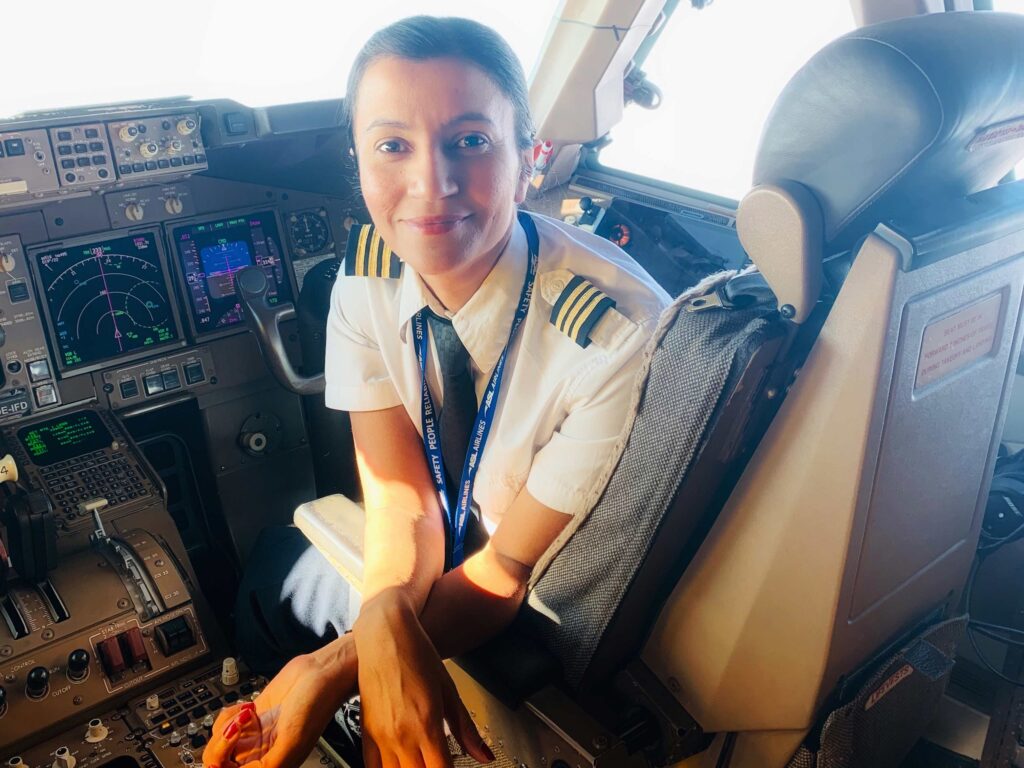
Aerobatic flying is an ideal path for pilots who crave excitement and seek to master advanced flying techniques. With the right training and experience, aerobatic pilots can experience the freedom of flight in a way that few other pilots can.
10. Ultimate Guide to Flying – The Freedom of Flying.
The overall enjoyment of flying, no matter what type of aircraft you choose to pilot, lies in the sheer sense of freedom it provides. Whether you’re flying a small ultralight plane, soaring through the clouds in a glider, or taking on a competitive aerobatic maneuver, flying offers a level of exhilaration and personal satisfaction that few other activities can match.
Flying provides a unique opportunity to see the world from a perspective few others ever will. From the rolling fields beneath you in a small private plane, to the breathtaking sight of city skylines from a commercial airliner, to the quiet beauty of soaring on thermals in a glider—flight is an experience that speaks to our innate desire to break free from the earth and explore.
Moreover, aviation fosters a sense of personal achievement. Whether you’re training to fly an ultralight or working towards a commercial pilot’s license, each step you take in your flying journey brings new challenges and rewards. The satisfaction of mastering new skills and pushing yourself to new heights, both figuratively and literally, is one of the greatest joys aviation has to offer.
The Complete Beginner’s Guide to DCS World
Welcome to the world of Digital Combat Simulator (DCS World), the ultimate flight combat simulation that brings the thrill of…
Comparing Real World Aviation Procedures to Flight Sim Techniques.
Flight simulators have grown into sophisticated training tools, bridging the gap between virtual flight and real-world aviation….
Mastering Dogfighting in DCS World and Falcon BMS: Max-Perform Your
This post covers essential techniques, cues, and parameters that new combat pilots need to dominate close-range dogfights in DCS World…
X-Plane 12.4 Beta Review – Exciting Additions!
X-Plane 12.4 Beta Review – A Major Leap Forward for Performance, VR & Visual Fidelity Note: X-Plane 12.4 is currently in…
Full Guide: DCS Balkans Map + All Upcoming DCS World
Full Guide: DCS Balkans Map + All Upcoming DCS World Modules. Summary: Eagle Dynamics and OnReTech have officially announced DCS: Balkans,…
DCS World T-45 Goshawk Formation Flying for Beginners Tutorial .
Military Formation Flying in DCS: Your First Flight in the T-45 Goshawk. So, you’ve got your wings (virtually speaking), strapped into…
DCS WORLD T-45 Goshawk EASY Navigation for Beginners.
DCS WORLD T-45 Goshawk EASY Navigation for Beginners is simply that. We do our planning in the DCS World Editor…
How the U.S. Navy Trains Jet Pilots: A Complete T-45
Welcome to Letsflyvfr.com guide to T-45C Goshawk Training – How the U.S. Navy Trains Jet Pilots so you can train…
DCS WORLD – The MB-339 by IndiaFoxtEcho: A Complete Overview.
The MB-339 occupies a very particular niche in DCS World: it’s not a fighter, not a frontline attack jet, but…
- Latest CPU’s Available Now – Amazon.com
- Get a NEW GPU Best Performance – AMAZON.com
- Upgrade RAM Here today – AMAZON.com
- Prebuilt PC Options – AMAZON.com
Conclusion
Flying encompasses a wide range of experiences, from the simple joy of an ultralight flight to the precision of aerobatic maneuvers, the serene beauty of gliding, and the rigorous demands of military aviation. Each form of flying has its own unique appeal, but all share the common thread of offering an unmatched sense of freedom and excitement. Whether you are looking to explore the skies for fun, challenge yourself with new skills.
Author
Brendon McAliece (Aka Gunnie) is a military veteran with 23 years working on Jet Fighters, their weapons systems and ejection seat/module systems as well as munitions and R&D. Involved with flight simulation since the 1980s, he has flown all the major flight simulators over the years.
He is an Australian expat who has lived in Malaysia, UK, Saudi Arabia and more recently Thailand. He is a multi-lingual blogger who loves to share his life experiences here on LetsFlyVFR.com and DreamingGuitar.com, with his lifestyle and Travel experiences Blog plus his Dreaming Coffee website.
Learn More @ DreamingGuitar.com – DreamingCoffee.com – LetsFlyVFR.com
( HOME – BLOG – SHOP – ABOUT )
As an Amazon affiliate I may benefit from qualifying sales.
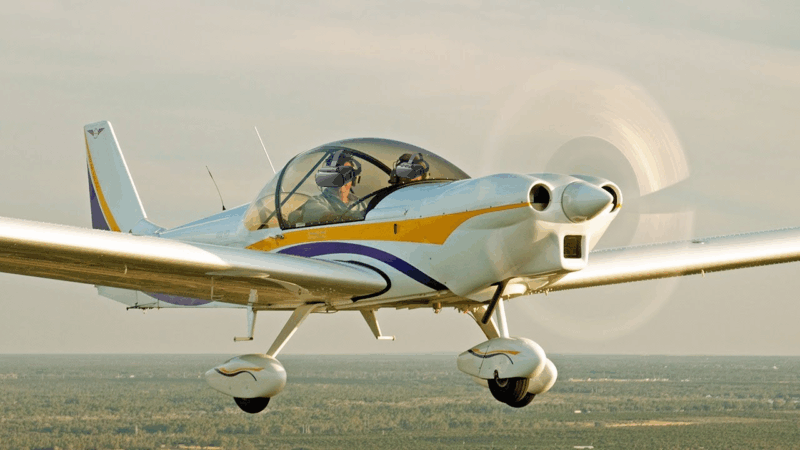



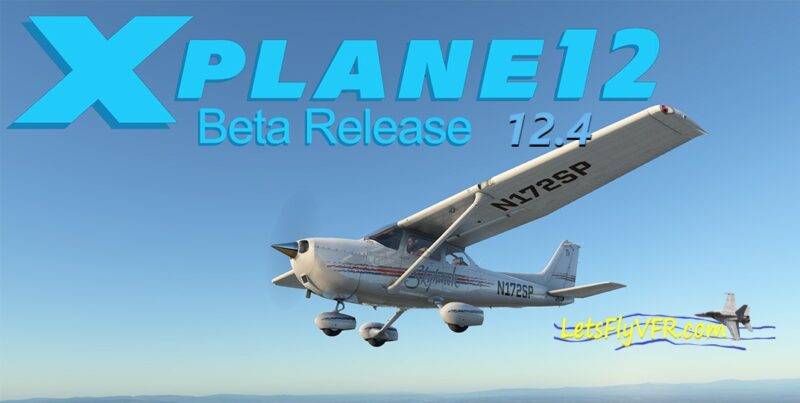
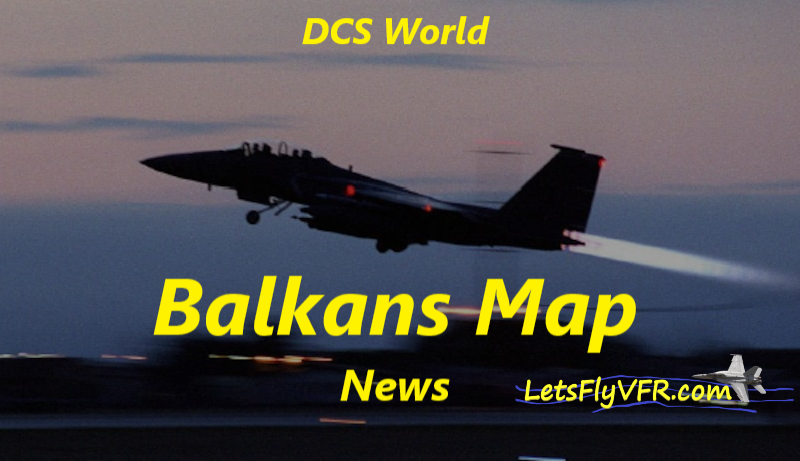




One response to “The Ultimate Guide to Flying: From Ultralights to Commercial Airliners and Beyond.”